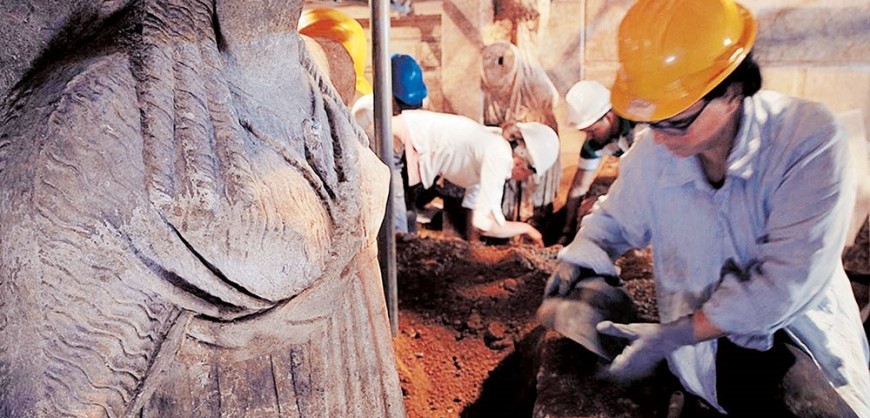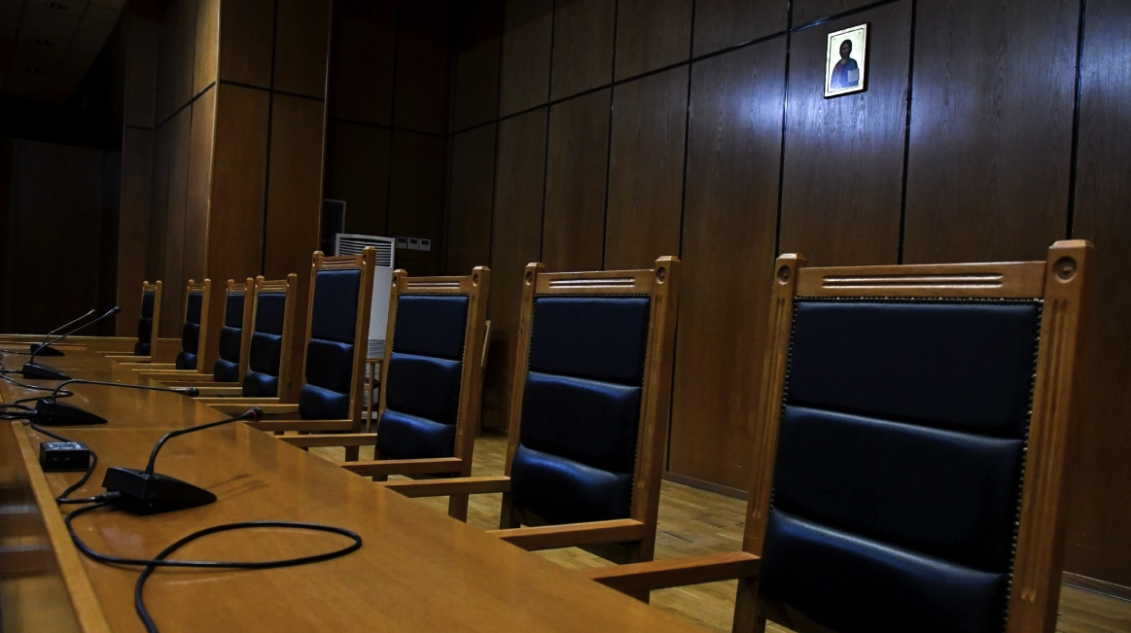Prime Minister Antonis Samaras said on Monday that the recently unearthed ancient tomb at Amphipolis “is of global importance”, stressing that it goes “far beyond Greece’s narrow borders.”
“For this reason we have to be serious and tight-lipped,” said Mr. Samaras, who cautioned to not listen to speculation beyond statements released by lead archaeologist Katerina Peristeri, the head of the excavation works.
He said that supporting works in the tomb will continue until Thursday with archaeologists currently digging out the soil from the second tomb and working on the support scaffolding in the third chamber amid concerns about the tomb’s structural integrity.
The excruciatingly slow progress of the excavation works has served to increase speculation with a number of websites and Facebook pages for Amphipolis enthusiasts sprouting on the web, such as The Amphipolis Tomb website and The Amphipolis Guide blog.
What the tomb tells us about the owner?
A 4th Century BC occupant. The tomb dates back to between 325 and 300 BCE at around the time when Alexander the Great died and there are many names heard as the possible owners or occupants of the tomb.
The owner was a bit showy. It’s unparalleled size sends out a message of opulence and even arrogance. The person who commissioned it wanted the tomb to be prominent, surpassing all others until that time. No gold coins were spared in its creation that probably came at an exorbitant price.
A VIP. The owner of the tomb wasn’t worried about the public outrage that such a huge monument could have caused at the time and seemed indifferent to any controversial reactions that could ensue.
An art collector. The cream of the art crop is featured in the tomb with the Lion of Amphipolis, the sphinx guards and the caryatids
A traveler. The design features elements from around the ancient world. For instance, there is an Egyptian style because no other funerary monument in Greece was back-filled with soil as a way of forbidding tomb raiders.These different design features indicate that the creator of the tomb looked outward and had a cosmopolitan approach to design.































